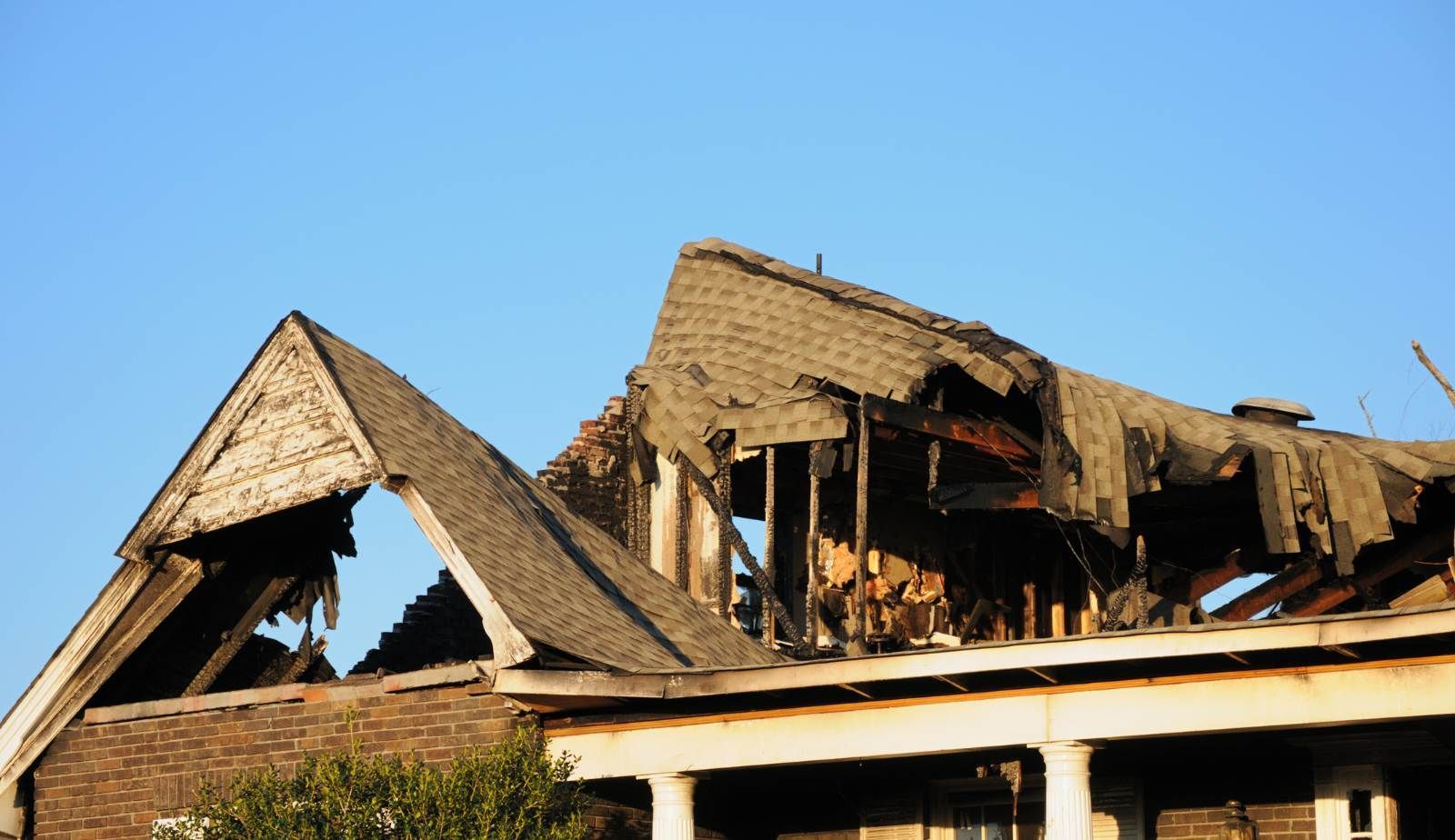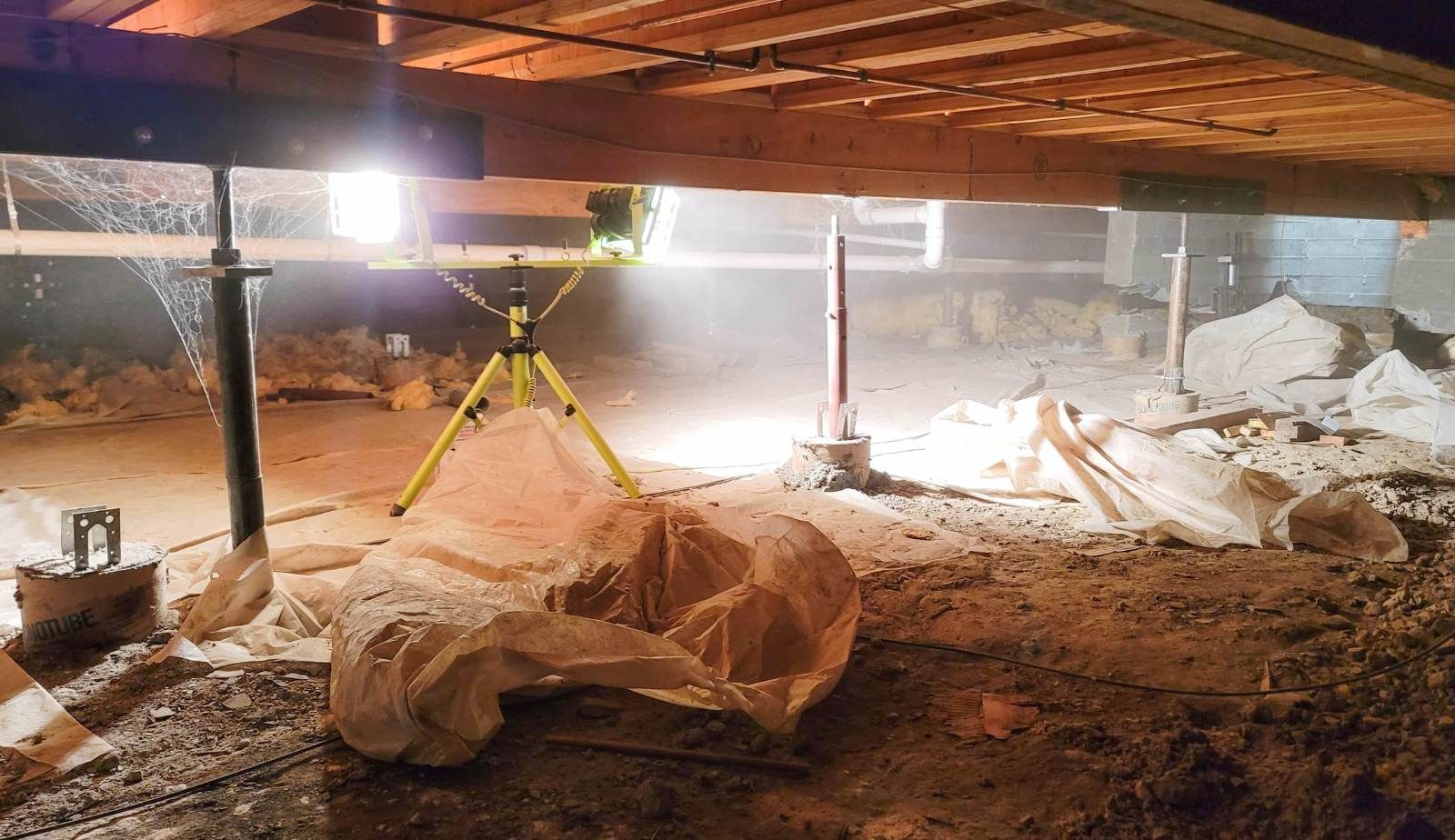Water Damage Prevention Tips For Your Louisiana Kitchen
Do you believe you've discovered water damage in your kitchen? Allow Louisiana's water damage restoration experts to assist you. Preventing kitchen water damage and avoiding costly water damage in your Louisiana kitchen may be as simple as following a few fast and simple techniques.
- Control Humidity: With all that goes on in the kitchen, humidity may quickly build up. Your kitchen is a breeding ground for moisture and mold thanks to cooking, dishwashing, and different running appliances. Effective humidity management is simple to implement and may make a big difference in preventing kitchen mold.
- Exhaust Fans: When cooking, always use exhaust fans. Cooking produces warm, humid air, which promotes water damage. These fans will assist in transferring wet air from the kitchen to the exterior.
- Open your windows and doors to allow more air to circulate in your home. Through optimal ventilation and air flow, the objective is to remove heat and moisture from the air.
- Minimize Moisture: The key to avoiding kitchen disasters is to keep your kitchen dry. Moisture management is the opposite of water damage. Dry damp spots promptly to ensure your kitchen is dry and clear of standing water.
- When doing the dishes or cleaning the kitchen, ensure all surfaces are completely dry. Water has the ability to seep into tight areas and give enough moisture to cause water damage.
- After spills, wipe them up as soon as possible to prevent moisture from seeping into any nooks and crannies.
- Check behind the refrigerator, behind cabinets, under the sink, under the stove, and other hidden locations when cleaning your flooring.
- Examine for Leaks: Your kitchen has a lot of water sources and pipes: the kitchen sink, different plumbing, the refrigerator, ice machine, dishwasher, and so on. If any of these water sources becomes contaminated, you may have significant water accumulation, which may and will result in substantial water damage. Make it a practice to inspect your kitchen for leaks on a regular basis. A fast, comprehensive assessment of your kitchen may help you detect and treat a leak early on, preventing water damage from developing later down the road.
- Maintain a Clean Environment: Taking the effort to keep your kitchen clean can go a long way toward preventing water damage contamination. It may be as basic as emptying the trash on a regular basis, quickly doing the dishes, and cleaning your appliances.
- Maintain Appliances: Checking all of your appliances on a regular basis helps ensure that they are performing at their best. Appliances that aren't working properly are more likely to break down and cause problems like leakage.
- Garbage Disposal– Make sure your garbage disposal is free of all food and debris at least once a day. Water damage can be exacerbated by leftover food and scraps in a moist atmosphere. Clean your garbage disposal at least once a month.
- Put lemon, lime, or grapefruit peels down the garbage disposal while the water is running. This aids in the cleaning of the blades as well as the freshening of the disposal.
- Pour a cup of vinegar and a handful of ice cubes down the garbage disposal. This will aid in the removal of all built-up sludge and the reduction of smells.
- Pour 1/4 cup baking soda and 1 cup vinegar down the disposal; the combination will bubble, which is fantastic for removing stuck-on gunk and the baking soda functions as a deodorant. Finish by flushing the garbage disposal with hot water.
- Refrigerator: Clean out your refrigerator on a regular basis. Remove any ruined or outdated items, wipe out spilled shelves and drawers, and get rid of any excess moisture.
- Check your water dispenser and ice maker– Be sure to clean your drip pans regularly to remove any standing water or bacteria that can promote Water damage.
- Check that your water dispenser and/or ice maker is running smoothly. If you detect any issues, address them immediately. A malfunctioning water dispenser or ice maker can bring in unwanted water.
Kitchen Water Damage Restoration in Louisiana Properties
If you see
water damage in your Louisiana kitchen, you should contact a local experienced Water damage repair business to help you correctly manage the problem. If there appears to be substantial water damage or an excessive quantity of mold, contact a local
professional water damage restoration company as soon as possible.
You might also like
DryMax Restoration Blogs




